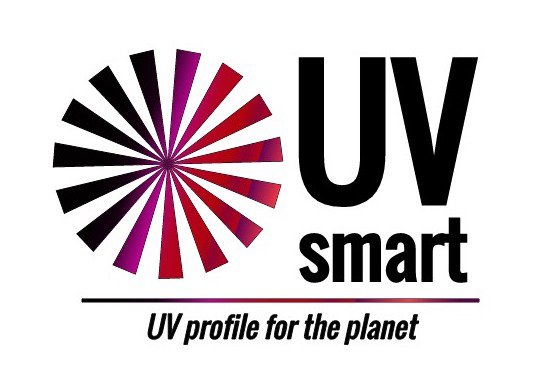UV smart | Live Smart
Awards & Nominations
UV smart has received the following awards and nominations. Way to go!
The Challenge | Live Smart
UV Smart
UV Profile for the planet

It is time to start mapping the whole world with its exposure to UV radiation. Due to ozone depletion caused by global warming, the UV exposure is on the rise. The earth is getting warmer and the incidence of UV related diseases increases day by day. Half of the potential victims such as beach goers, hikers, blue collar workers, famers, crops & vegetation have no awareness of it. Our solution to reach that ambitious goal of UV mapping is simple; we offer a low cost, portable UV sensor which can be applied to any of our personal accessories or clothing and profile the entire planet based on the UV index measured. Therefore, our UV Smart solution will leverage crowdsourcing as the tool to gather local UV index information to supplement NASA’s centralized data collection method. It will then publish this data to a website for users and NASA to use for various extrapolations. The possibilities of combining UV Smart data to NASA’s API data are limitless, thereby making it a sustainable solution.
For example, imagine a resident living near a volcano, where the content in the atmosphere is impacted by volcanic activity of the day. Let’s assume that the SO2 and water vapor content in the atmosphere is high on a particular day when there was a minor or major eruption, UV Smart and NASA’s aerosol, SO2 APIs data can help residents and NASA understand how much UV radiation they will truly be exposed to on this day. The data would be easily accessible by the user on a phone that can access wifi or even 2G. The user can then get a notified of the danger levels from the UV index measure, which ranges from 0-11. As another example, the UV index data can also be used to extrapolate the optimal UV exposure for the day and provide notification to users, who may be over or under exposed for the day.
WHO estimates that between 2-3 million people globally are diagnosed with non-melanoma skin cancer and roughly 2.5 million/year people become blind from cataracts as result of UVB exposure. Therefore, our intended market for this product is targeting people in various industries such as agriculture and healthcare.
http://www.who.int/uv/health/en/
In building this combination of hardware and software, we used Intel Arduino with UV sensor, digital button, and LCD display for the hardware part. As for software, we code using python and planetary.js with the free template.
SpaceApps is a NASA incubator innovation program.